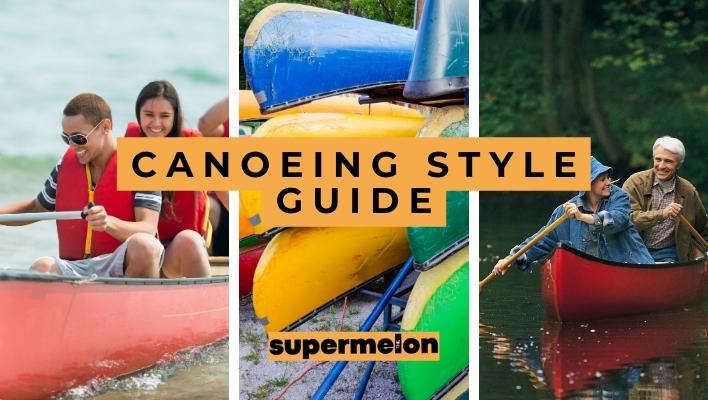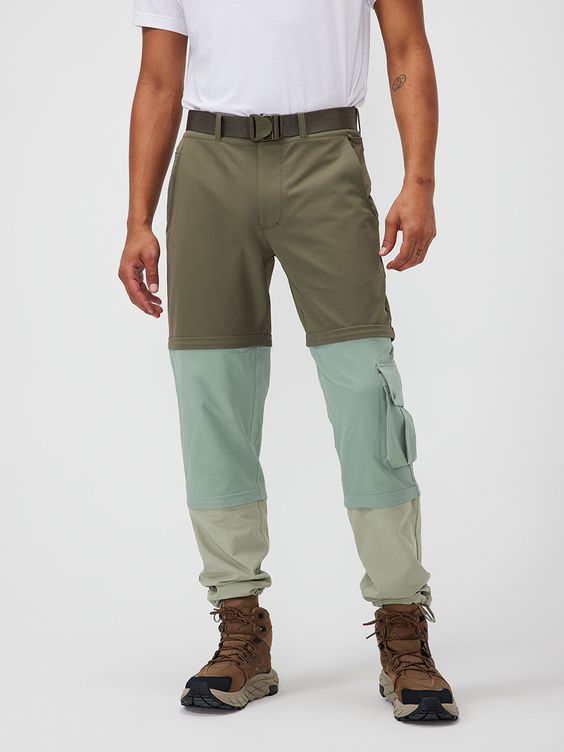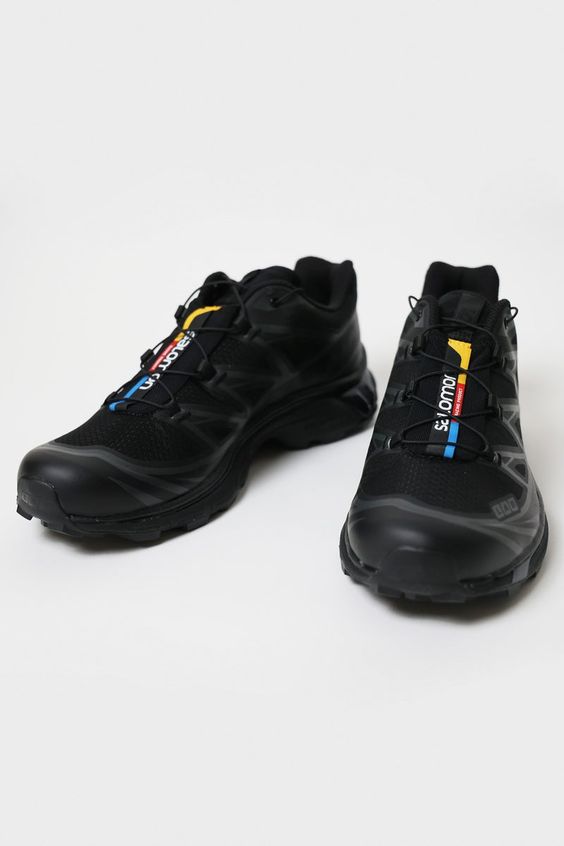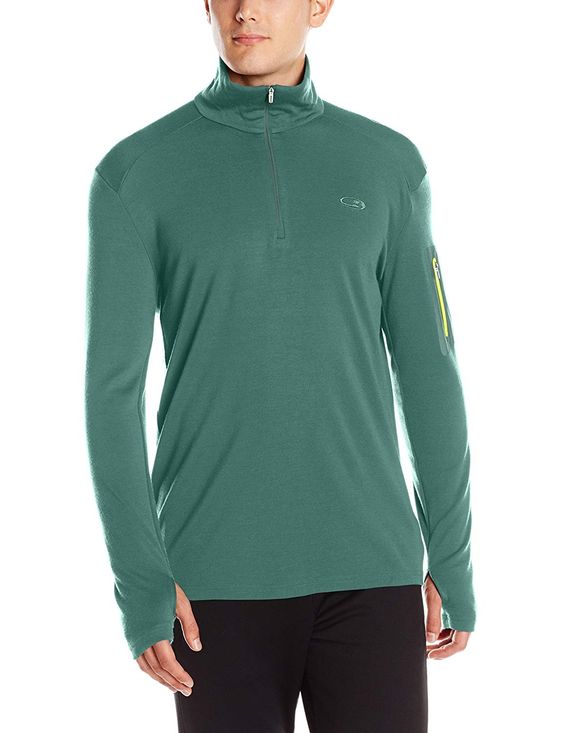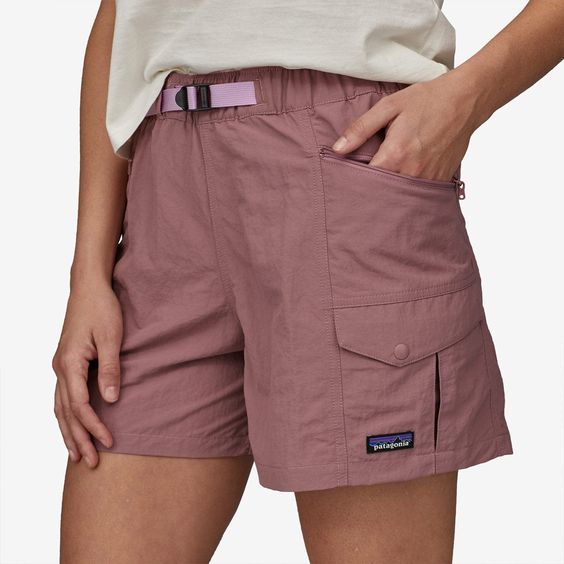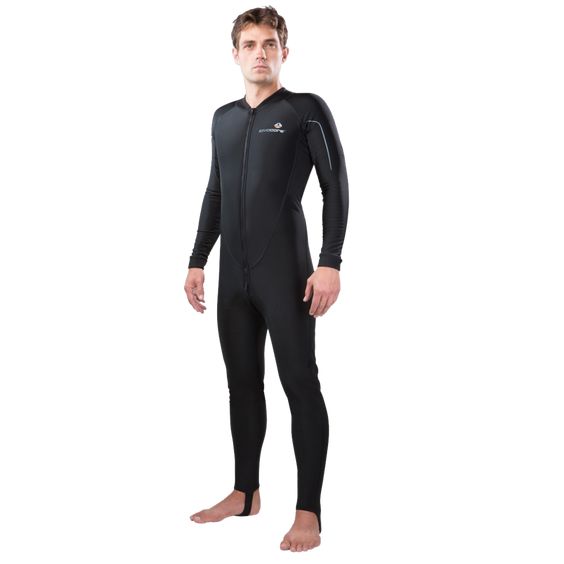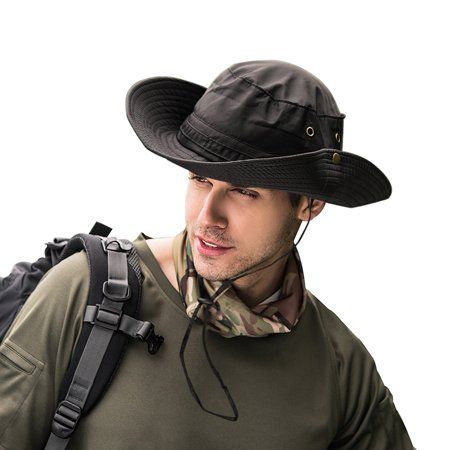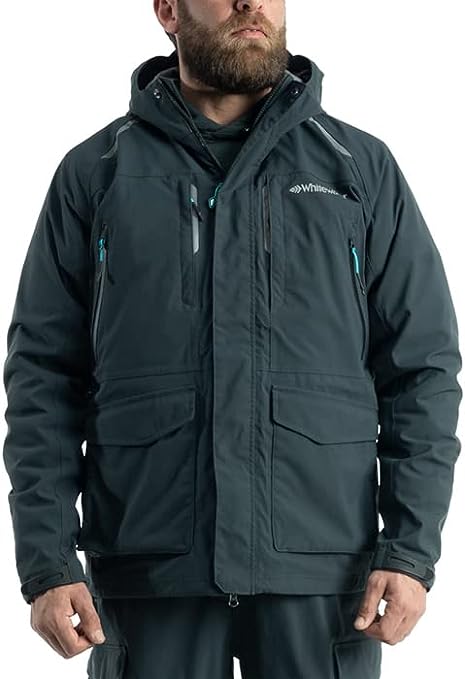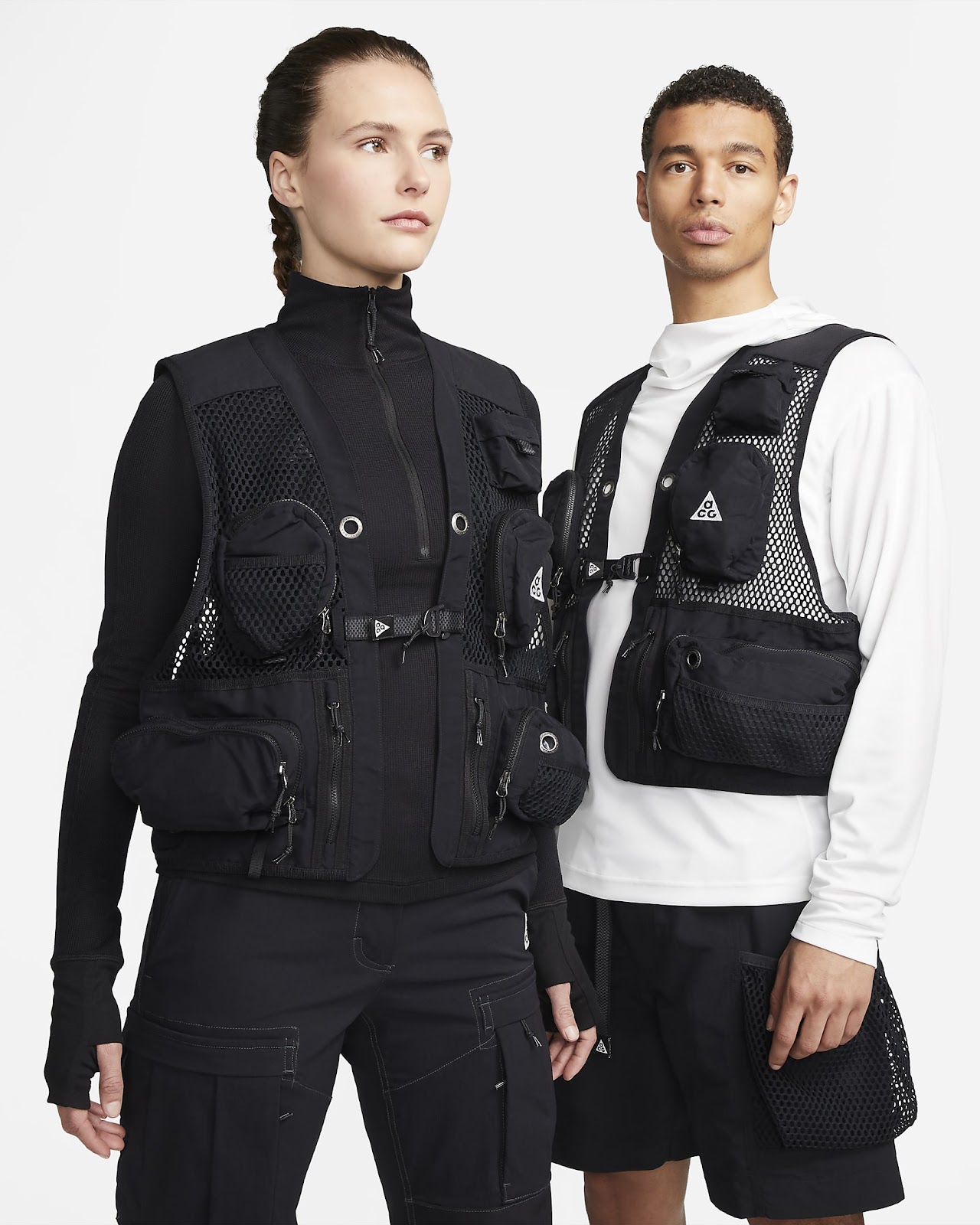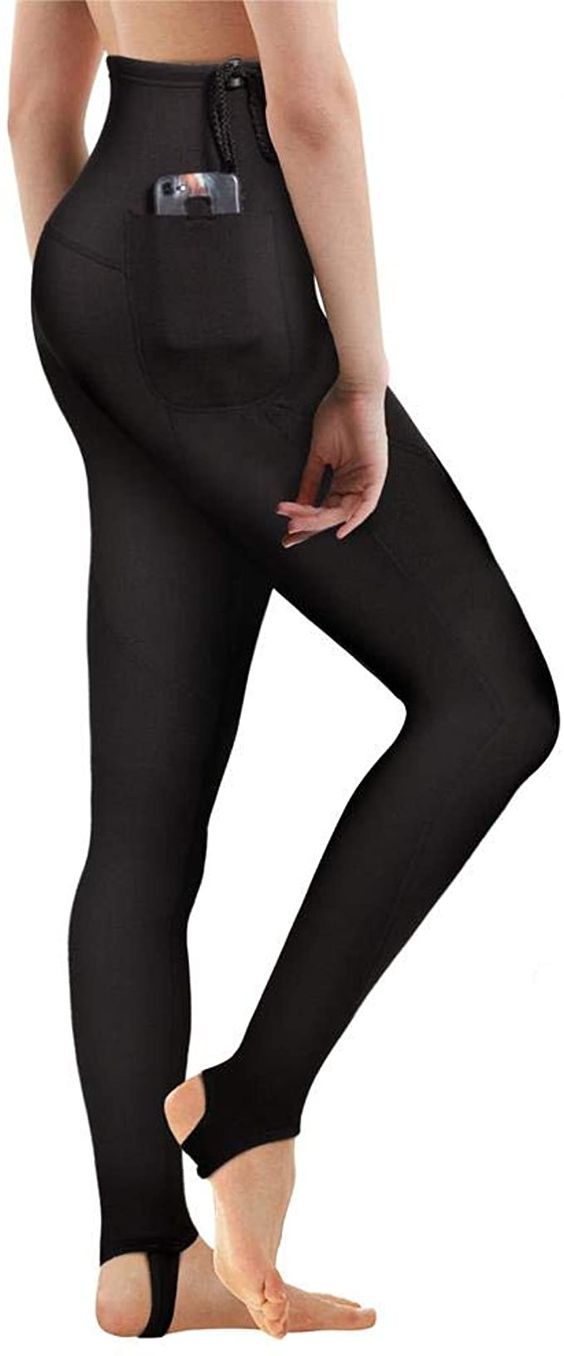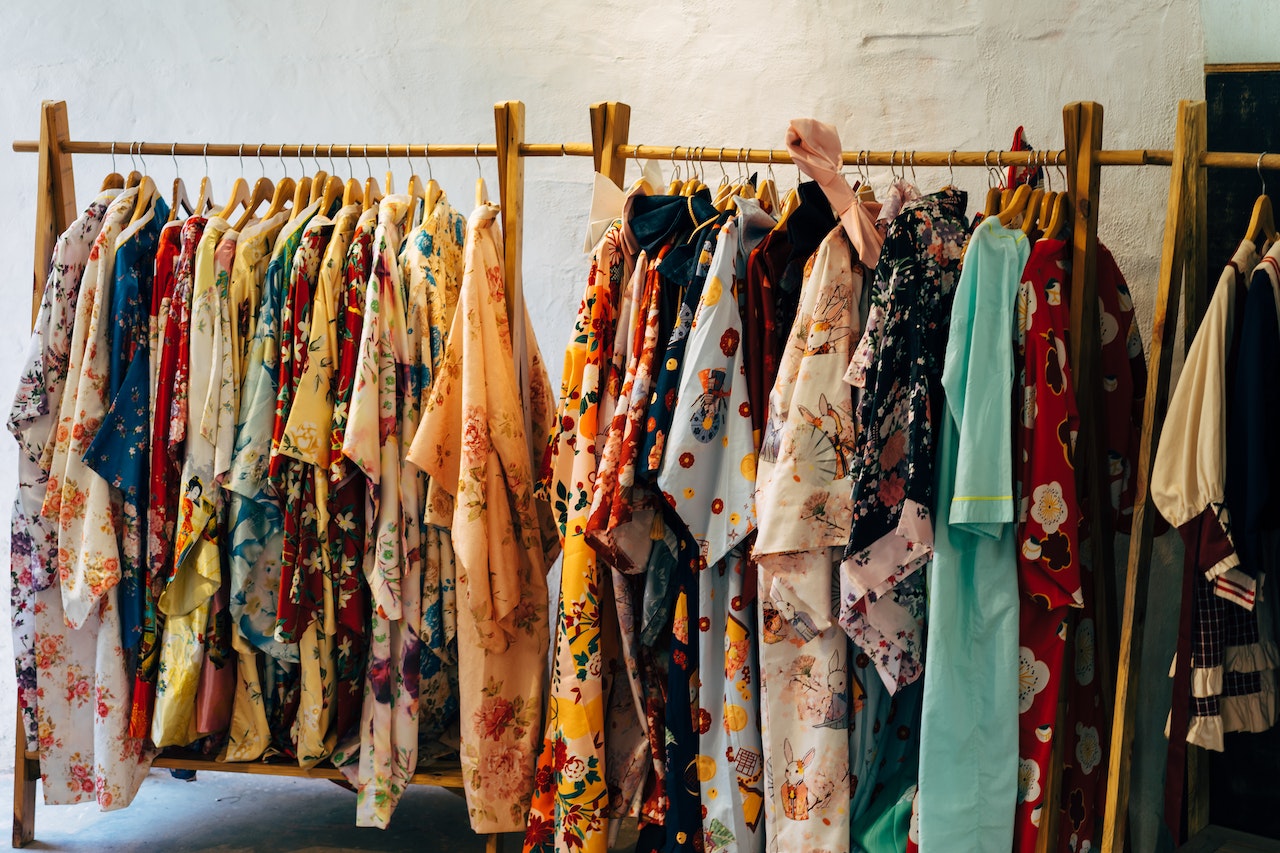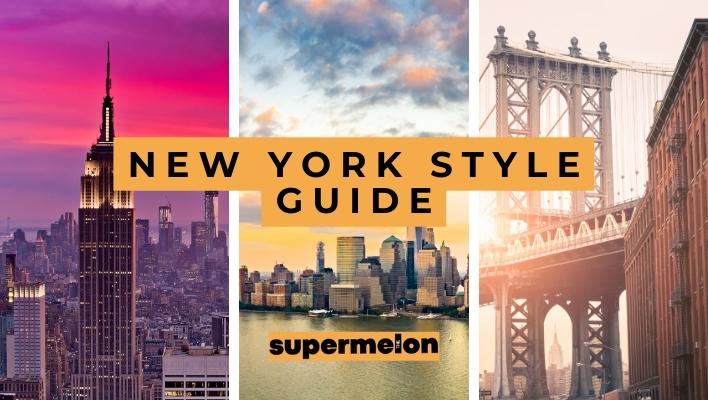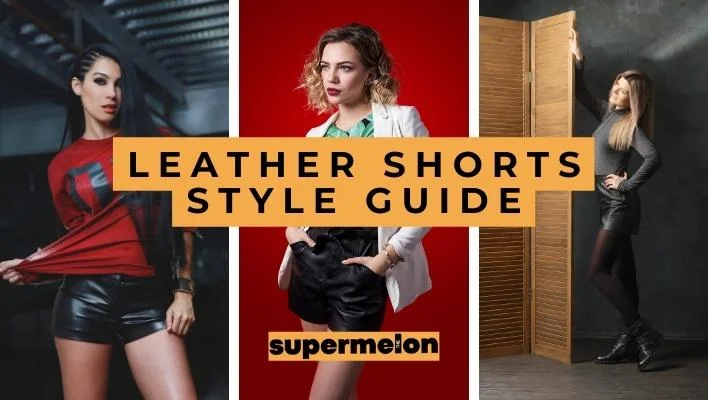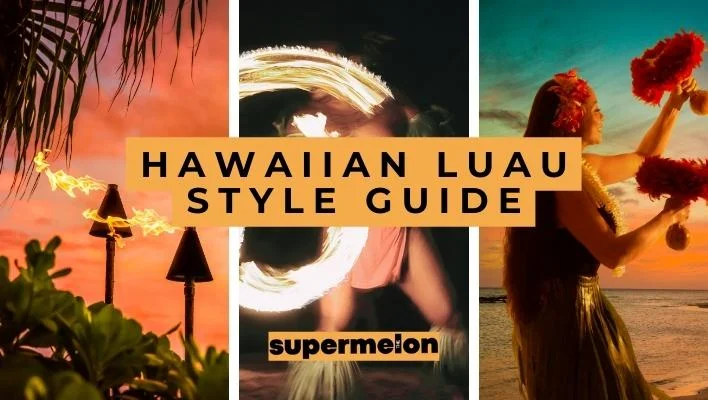Canoeing is such an exciting time, an experience that’s definitely one of a kind. When preparing for a canoeing adventure, one of the most crucial decisions you’ll make is what to wear.
The choice of clothing isn’t just about comfort; it directly affects your safety, enjoyment, and overall experience on the water.
Canoeing offers a unique blend of immersion in nature and physical activity, and what clothes you wear should cater to these demands.
In this style guide, we will explore the essentials for selecting the right clothing and accompanying gear to ensure a comfortable, safe, and memorable canoeing excursion.
Whether you’re a novice and embarking on a serene paddle down a calm river or a pro and tackling whitewater rapids, the proper attire will keep you dry, protected, and prepared for the unpredictable elements of the great outdoors.
With that in mind, let’s go over the basics to get you started!
KEY TAKEAWAYS
When going canoeing, wear clothing that can handle getting wet.
Consider a swimsuit, quick-drying shorts, and a moisture-wicking top.
Bring a hat, sunglasses, and sunscreen for sun protection, and don’t forget water shoes or sandals with a secure fit to protect your feet while wading in and out of the canoe.
Canoeing: The Starter Kit Clothing Set
| Clothing Item | Recommendations |
|---|---|
| Paddling PFD | Properly-fitted personal flotation device (PFD) |
| Base Layer | Moisture-wicking base layer to keep dry and comfortable |
| Quick-Dry Shorts | Quick-dry, lightweight shorts for freedom of movement |
| Rash Guard or Tee | Sun-protective and moisture-wicking shirt |
| Swimwear (optional) | Swimsuit for warm weather or if you plan to swim |
| Hat | Wide-brimmed hat for sun protection |
| Sunglasses | Polarized sunglasses with retention straps |
| Water Shoes | Water-friendly shoes with good grip and drainage |
| Socks (optional) | Neoprene socks for extra foot protection and warmth (in cold water) |
Clothing
Casual attire is suitable for summer canoeing on calm waters. Opt for fabrics with quick-drying properties, such as synthetic blends, and employ layering to adapt to changing weather conditions.
During winter outings, a wet suit and splash jacket are excellent for maintaining warmth and dryness.
In the absence of a wet suit, consider wearing wool clothing, which can keep you warm even if it becomes wet.
Footwear
Keep in mind that your footwear is likely to become wet and dirty during canoe launches or portages around obstacles. It’s advisable to use old sneakers or specialized river shoes.
In colder weather, neoprene booties can be a valuable choice.
Regardless of your selection, ensure that your footwear is securely laced or strapped to prevent accidental loss if you happen to go overboard or encounter muddy terrain.
Sun Protection
It’s important to remember that being on the water offers limited protection from the sun, except in the case of paddling in a shaded stream.
Wear either a baseball cap or a wide-brimmed hat with a secure strap to keep it in place on windy days. Apply a layer of sunscreen and reapply it throughout the day or after getting wet.
While some fabrics offer better UV ray protection than others, avoid choosing overly tight-fitting clothing, as stretching can diminish its effectiveness.
Many sporting goods stores offer sun-protective clothing, and you can find options that combine both functionality and style, including T-shirts, swimwear, and sundresses, from designer clothing lines.
Canoeing Clothes for Different Climates
Selecting the right canoeing apparel is crucial, and it varies significantly depending on the climate you’ll be navigating.
In warm summer conditions on calm waters, comfortable and quick-drying fabrics are what you should prepare for, with synthetic blends being a top choice.
Layering is essential for adapting to weather changes and being ready for whatever Mother Nature brings your way. In contrast, colder climates and icy waters call for more extensive protection, including waterproof and windproof jackets, dry tops, or dry suits to keep you insulated and dry.
The choice between a wetsuit, which provides insulation but allows some water contact, and a drysuit, which guarantees complete dryness, depends on the specific conditions you’ll encounter.
It is up to you to tailor your canoeing clothing to the climate to ensure a safe and enjoyable paddling experience.
| Season | Clothing and Gear Recommendations |
|---|---|
| Spring/Fall | Full wetsuit or drysuit (depending on water temperature) |
| Summer | Lightweight, breathable clothing with sun protection |
| Winter | Insulating layers, thick wetsuit, neoprene gloves and boots |
Preparing for Wind and Water
While out on the water, you can expect to encounter significantly more wind and refreshing breezes compared to being on land.
When embarking on a canoe journey, it’s important to anticipate occasional splashes.
That’s why it’s essential to bring along a waterproof and wind-resistant jacket. If there’s a chance of encountering chilly air or water, consider the inclusion of a dry top or dry suit in your gear.
A wetsuit allows a small amount of water to penetrate, creating a layer of insulation between the wetsuit and your skin. This initial contact may make you feel the cold water if you happen to fall in.
Conversely, a drysuit guarantees complete dryness, making it the preferred choice for cold weather and potentially hazardous situations, such as icy water.
Canoe Checklist
The essentials for a canoeing experience include:
- A wide-brimmed hat or a baseball cap. Remember to apply sunscreen behind your ears if you choose the baseball cap and have short hair.
- Polarized sunglasses with UVA and UVB protection (most sunglasses have this)
- A technical T-shirt made from moisture-wicking synthetic material
- Fleece pullover
- A windbreaker jacket
- Quick-dry shorts or hiking pants
- Merino wool socks
- Hiking shoes or Crocs
| Gear/Accessory | Recommendations |
|---|---|
| Canoe | Appropriate canoe for the type of water you’ll be paddling |
| Paddle | Properly-sized paddle for efficient and comfortable strokes |
| Canoe Cart | For transporting your canoe to and from the water |
| Dry Bags | Waterproof bags for storing essentials |
| Spray Skirt (optional) | For protection against splashes and waves |
| Whistle | Safety whistle for signaling in emergencies |
| Navigation Tools | Map, compass, or GPS for navigation (especially on larger bodies of water) |
Don’t Forget to Layer!
Layering is crucial when canoeing for several key reasons. Firstly, the dynamic nature of canoeing exposes participants to various environmental conditions, including fluctuating temperatures and potential wetness. In the ideal scenario, you are prepared for any and all climates. By wearing multiple layers of clothing, paddlers can easily adjust to these changing conditions.
Secondly, layering allows for efficient moisture management. Paddling can be physically demanding, causing individuals to sweat.
Moisture-wicking base layers are designed to draw sweat away from the skin, keeping the body dry and comfortable.
Moreover, the ability to remove or add layers as needed throughout the trip grants paddlers control over their comfort and safety.
Shedding a layer can prevent overheating when the sun is high and the weather warms up.
Conversely, quickly adding a windbreaker or rain jacket can shield against the elements when encountering unexpected rain or wind.
In essence, layering serves as a versatile strategy for adapting to the ever-changing conditions of canoeing.
It enhances comfort, manages moisture, and ensures paddlers are prepared for whatever challenges Mother Nature may throw their way, making it an essential practice for a safe and enjoyable canoeing experience.
Canoeing Non-Essentials (aka ‘What To Leave at Home’)
When preparing for a canoeing adventure, being mindful of what to leave behind at home is essential. Canoeing demands a close connection with the water and the environment; unnecessary belongings can hinder your experience.
Jewelry
If you’re going to be in the great outdoors, you can definitely whittle down the list of accessories and trinkets you would normally wear on a typical day.
That means you can leave behind your bracelets, necklaces, and rings when embarking on your outdoor adventure.
These accessories can become entangled with objects, forcing you into situations where you need to free yourself. Alternatively, they might slip off and descend to the depths.
If you find it necessary to wear a timepiece or a fitness tracker, opt for a water-resistant model equipped with a synthetic strap capable of withstanding splashes from paddles or even a brief immersion in water if you happen to capsize.
Cotton-based Apparel
Regarding fabric choices, know that once cotton becomes wet, it tends to dry slowly and can leave you feeling cold, making you vulnerable to hypothermia.
Additionally, cotton isn’t ideal for your base layer because it doesn’t effectively wick sweat away from your body. It’s advisable to avoid cotton-polyester blends and certain synthetics like rayon and viscose.
Set Off On Your Canoeing Adventure In Comfort and Style
Choosing the right attire for canoeing is not just a matter of comfort but also one of safety and practicality.
Prioritizing moisture-wicking, quick-drying materials, and layering appropriately can help you adapt to changing weather conditions and stay dry and warm on your journey.
Remember to leave behind jewelry and accessories that can get in the way and select water-resistant gear when necessary.
By carefully selchoosingecting your clothing and gear, you can fully immerse yourself in the wonder of the great outdoors, navigate the water with confidence, and make the most of your canoeing adventure. Stay safe, stay comfortable, and enjoy every moment out on the water – and do so in style!

